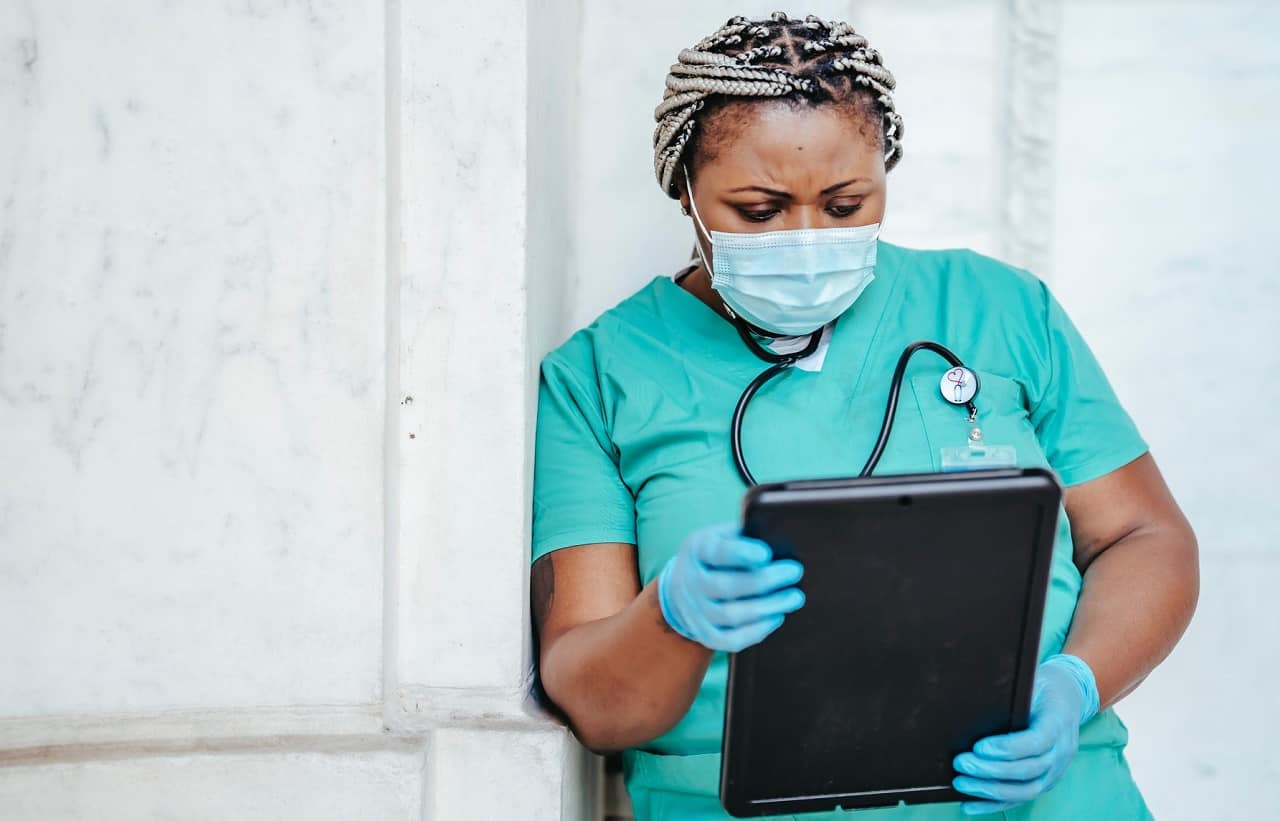Hamilton hospital network scales back care, as wastewater signal trends up
Published April 28, 2022 at 10:51 pm

The largest hospital network in Hamilton is facing its “most significant capacity pressures” yet in the COVID-19 pandemic.
While masking mandates have been lifted in most public indoor settings, and fewer doses of vaccine given in Hamilton in a typical week of late than there were in a day in early January, the pandemic has not gone away. The City of Hamilton’s COVID-19 dashboard shows that transmission rates are stable, with the notable exception of the viral signal in recent wastewater samples. In that context, Hamilton Health Sciences (HHS) emphasized on Thursday that it is postponing more surgeries and procedures due to physicians and staff being off work due to COVID-19 infection or exposure.
“We’re doing our best to protect our workforce and ensure our patients get the care they need,” the HHS thread said. “We have reduced scheduled care activity back to 70 per cent of pre-pandemic volumes.”
The thread also advised residents to visit needadoc.ca to explore healthcare options.
THREAD🧵: We are facing the most significant capacity pressures we’ve experienced since the pandemic began. Units across all of our sites are straining as a result of significant staff shortages. Here are some of the things we are struggling with. 1/11
— Hamilton Health Sciences (@HamHealthSci) April 28, 2022
We thank our staff for consistently rising to the occasion despite these ongoing challenges and remind our community to please consider various healthcare options in our community by visiting https://t.co/SsIft41VhU. 11/11
— Hamilton Health Sciences (@HamHealthSci) April 28, 2022
The HHS COVID-19 dashboard says 271 staff are in isolation. St. Joseph’s Healthcare Hamilton reports 168 staff who are not working as they isolate,.
The former said that HHS patients are waiting longer in emergency departments to be admitted. That means it takes longer for ambulances to get back on the road, since parademics are required to stay at the hospital until the patient’s intake is completed.
Other measures HHS is taking involve transferring patients who are medically suitable to other sites so that we can create capacity for patients with urgent needs. St. Peter’s Hospital and other community settings like long-term care are among those outlets that are taking patients.
Two and a half months ago, HHS president and CEO Rob MacIsaac warned that the toll from the two-year (and counting) local COVID-19 response would lead to essential care for other patient needs being deferred. MacIsaac called it “a long, and lasting, COVID hangover” at a news conference on Feb. 7.
HHS CEO: ‘As much as we want this to be over, it’s not’
MacIsaac said in a thread this week that HHS also has five active COVID-19 outbreaks. He also noted that the wastewater infection signal is trending up, which is in the wrong direction for people who are hoping that the pandemic is close to being downgraded to endemic. The wastewater signal, or viral signal, is considered more of a future indicator of local COVID-19 activity, especially when polymerase chain reaction (PCR) test access is limited.
“As much as we want this to be over, it’s not,” MacIsaac wrote.
He added, “Please use all the protective measures we have — get vaccinated, wear a mask in indoor settings when feasible, and if you’re sick, don’t go to work or school. This will help preserve much needed capacity in our hospitals and help keep our patients and staff safe.”
3/3 Please use all the protective measures we have – get vaccinated, wear a mask in indoor settings when feasible, and if you’re sick, don’t go to work or school. This will help preserve much needed capacity in our hospitals and help keep our patients and staff safe.
— Rob MacIsaac (@RobMacIsaac) April 26, 2022
In March and early April, Hamilton had days wewre well under 200 doses of COVID-19 vaccine were administered. However, of late the daily uptake has risen back into four figures, including 1,153 on Wednesday.
The highest single-day total since Jan. 1 was 9,882 on Jan. 5.
Among the eligible age groups, 84.3 per cent of Hamilton residents have had at least two doses of vaccine, and 87.6 per cent have had at least one dose.
The triple-vaxx rate among residents who are at least 12 years old is 54.6 per cent. Many experts affirm that three doses should be the standard for youths and most adults to be considered fully vaccinated.
Among children aged 5 to 11, 38.1 per cent have had two doses, and 53.4 per cent have had at least one.
Ontario Chief Medical Officer of Health Dr. Kieran Moore decided in early March that proof of vaccination would no longer be required in most public indoor settings. Masking in most public indoor settings became optional on March 21.
Few local chief medical officers of health or school boards have been willing to challenge the province and pass local COVID-19 safety measures. Local public health leaders have the authority to do so under the Health Promotion and Protection Act, and school boards and principals have such latitude under the Education Act.
insauga's Editorial Standards and Policies advertising





